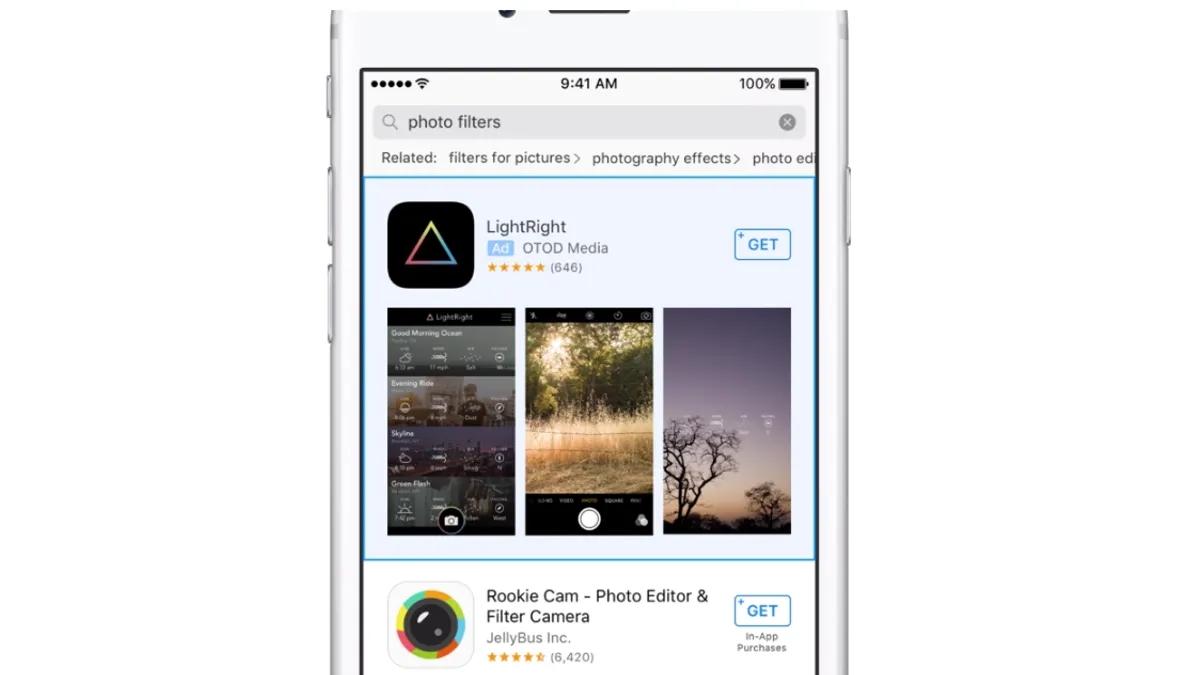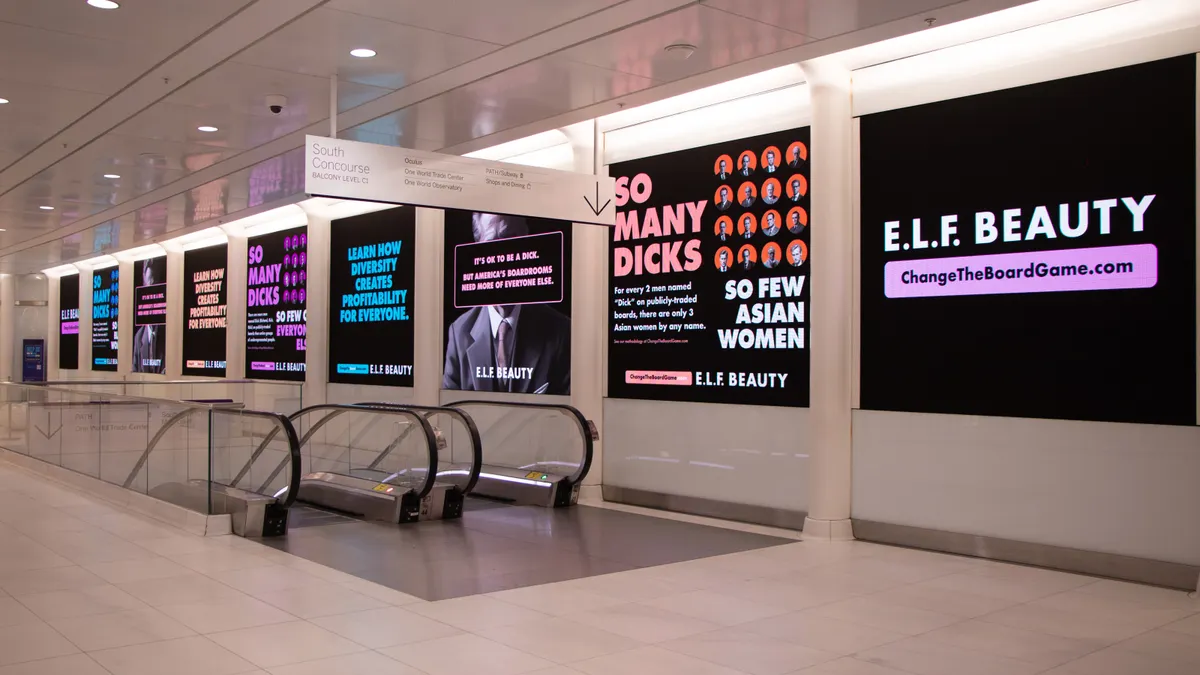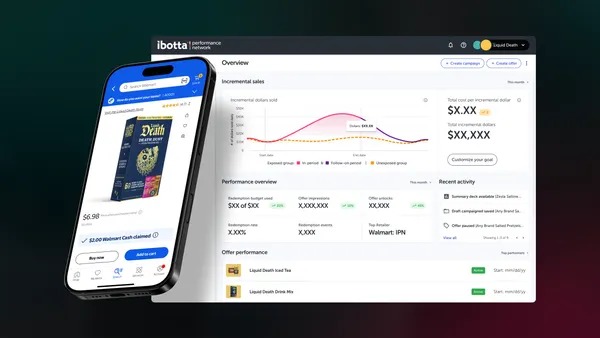Editor's note: The following is a guest post from Paul Wright, managing director, U.K., at mobile attribution and analytics platform AppsFlyer.
In April, Apple announced that its Search Ads would launch in the U.K. App Store, and ads started going live April 25. Following the successful launch of Search Ads in the U.S. store last October, marketers have been desperately longing for a solution — almost as much as Londoners long for a sunny day. The new feature lets U.K. app developers promote their apps where 65% of all app downloads happen: in direct App Store searches.
Now that the U.K. finally gets to join in (along with Australia and New Zealand), what are some important things marketers should take into account when considering the possibilities of Apple Search Ads?
1. Get discovered
Traditionally, in order to get your app discovered, you would need to be featured by Apple (a tough get), go for an aggressive PR outreach (time-consuming with no guaranteed results) or invest in an oh-so-pricey app install campaign. Apple Search Ads provide a new avenue for marketers to gain coveted discovery. Because 65% of all app downloads come from direct searches in the App Store, a user would go to the system, type in a search word and download a relevant app from the list of results, without clicking a single ad on their journey. Apple Search Ads increase the chance of any new app getting noticed by simply placing it among the results for relevant searches made by users. And with more than two million apps in the app store (and counting), you need all the help you can get.
2. Leveraging the power of intent
Similar to how Google built its search engine empire, Apple is now harnessing search intent in order to present users with relevant, desired results. Let's say I’m searching for a new app. That usually means I have a specific need I’m hoping to fill. But unless I’m searching for a specific app, I might not know exactly what I’m looking for, and I might even be open to trying out a variety of options. Apple Search Ads use my intent to present me with what it thinks is the most relevant solutions to my needs. This is great news for you if you’re marketing an incumbent app or generally trying to get noticed in a crowded space. Leveraging intent also generates users that are more engaged since they’re being shown results that cater to their specific needs, and they’re more likely to complete a sign-up process or go through the full funnel if they think they’ll get what they came for.
3. Utilizing your own metadata
Apple Search Ads use access to the app’s keyword data to determine which searches will be the best fit for each ad to appear in. Meaning, assuming your metadata is accurate and up to date, any user looking for new apps featuring the same or similar keywords as the app you're promoting could see the ad show up in their searches. What does that mean for marketers? First, it means more accurate and valuable results for users. But it also means that it's more important than ever that your keywords are optimized, since Apple Search Ads prioritize relevance over bidding. So even if your bid is exceptionally high, if it isn't relevant to the search entered by the user, they won’t ever see your ad, and you might as well be setting your hard-earned dollars on fire.
Bottom line?
At the end of the day, we’re all playing the ROI game, and we have to make sure we’re putting our money where our engaged users are to turn a profit. Apple Search Ads provides a new service for marketers who could previously only buy install ads using third parties like Facebook, Twitter, Google or mobile ad networks for a significantly higher price. And so far, they've been performing exceptionally well, consistently generating conversion rates of higher than 50%.
As the U.K. is the second-most-advanced mobile advertising market (nestled comfortably after the U.S.), this new tool could be a great way for a new pool of marketers to improve downloads and engagement in their increasingly growing mobile market. And because cost-per-install rates are painfully high in the U.K., it could be particularly useful for smaller app developers with tight budgets to gain much-needed exposure. For starters, it’s definitely worth allocating a small slice of your budget for trial and error to test how it does for you — and to see if it lives up to the hype.














